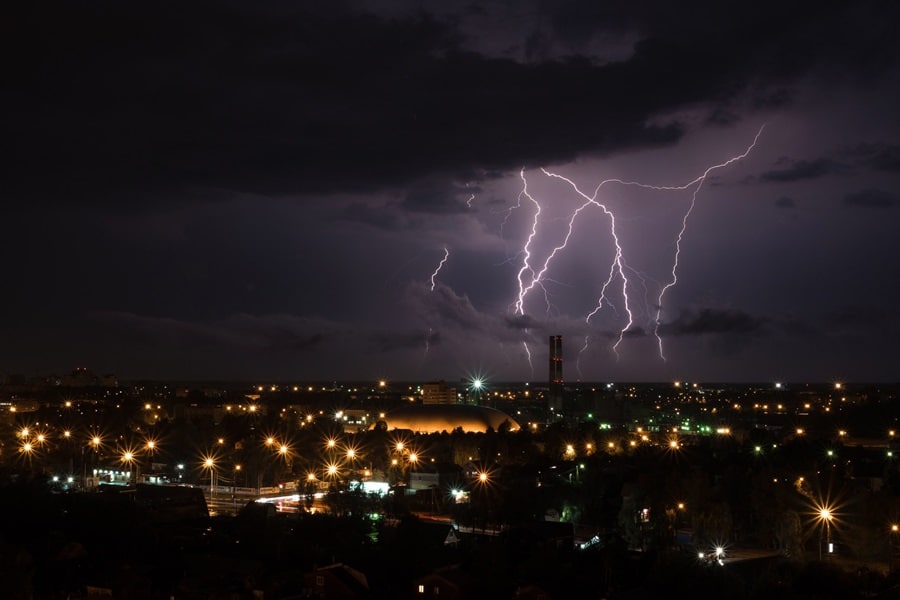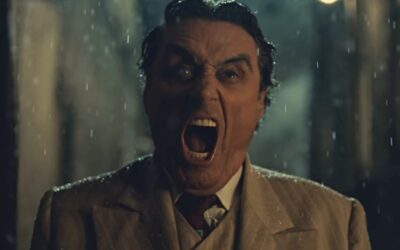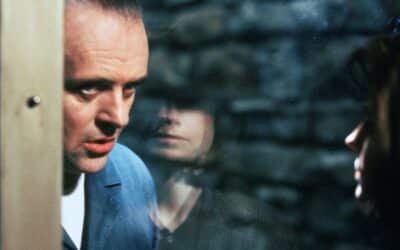
Weather in Thrillers
Weather plays a critical role in thriller fiction, often setting the tone and influencing the plot. It’s a tool authors and filmmakers use to heighten suspense, symbolize turmoil, and mirror the emotions of characters. This article delves into how storms, heatwaves, and natural disasters have been used in some of the most gripping thrillers, both in literature and on screen.
Storms have long been a favorite among thriller writers and directors for their unpredictability and inherent danger. In “Shutter Island” by Dennis Lehane, a violent storm isolates the island, turning it into a pressure cooker of tension as U.S. Marshal Teddy Daniels investigates a disappearance from a fortress-like hospital for the criminally insane. The storm not only physically traps the characters but also mirrors the turbulent psychological landscape of the story. The adaptation directed by Martin Scorsese amplifies this, using the storm’s ferocity to heighten the film’s sense of claustrophobia and paranoia.
Heatwaves, too, have their place in the thriller genre, often symbolizing simmering tensions that threaten to boil over. Consider “In the Heat of the Night” by John Ball, where the sweltering Southern heat complements the racial tensions and the high-stakes murder investigation led by Virgil Tibbs, an African American police detective. The heat becomes a character in itself, oppressive and inescapable, mirroring the societal pressures within the story. The 1967 film adaptation uses the stifling heat to great effect, visually and thematically enhancing the narrative’s intensity.
Natural disasters provide a larger-than-life backdrop against which human dramas unfold. “The Wave,” a Norwegian film based on the real-life threat posed by the Åkneset mountain, uses an impending tsunami to create a nail-biting race against time. This catastrophe serves a dual purpose: it’s both a thrilling spectacle and a metaphor for the uncontrollable forces at play in our lives. The film masterfully combines family drama with disaster movie tropes, creating a unique thriller experience.
The psychological impact of weather in thrillers cannot be overstated. In “Cape Fear,” both the novel by John D. MacDonald and its film adaptations, a hurricane coincides with the climax, symbolizing the chaotic and destructive nature of the antagonist, Max Cady. The storm’s fury externalizes the conflict between Cady and the Bowden family, culminating in a literal and metaphorical showdown. The 1991 adaptation directed by Martin Scorsese utilizes the storm’s intensity to create a visceral sense of dread.
Weather also serves as a narrative device to isolate characters. In “Misery” by Stephen King, a blizzard traps novelist Paul Sheldon in the home of his “number one fan,” Annie Wilkes. The snowstorm is not just a physical barrier; it’s a metaphorical one, too, reflecting Sheldon’s entrapment and Wilkes’ detachment from reality. The 1990 film adaptation leverages the blinding whiteness of the snow to emphasize Sheldon’s isolation and vulnerability.
It’s not just about the physical threat of weather, but also its psychological implications. In “The Revenant,” both the novel by Michael Punke and the film adaptation, the relentless winter wilderness becomes a character in its own right, testing the limits of human endurance. The harsh environment shapes the story’s tone, reflecting the protagonist’s struggle for survival and revenge. The film’s stark, frozen landscapes serve as a brutal backdrop to the narrative, underscoring the themes of isolation and resilience.
Weather in thrillers often symbolizes the turmoil within the characters. In “A Simple Plan” by Scott Smith, a snowstorm is not just a backdrop to a plot about finding a downed plane with millions in cash; it reflects the moral disintegration of the characters as they succumb to greed and desperation. The cold, unforgiving landscape mirrors their emotional descent, making the weather an integral part of the story’s fabric.
Furthermore, extreme weather can act as a catalyst for the story. In “The Perfect Storm,” both the non-fiction book by Sebastian Junger and its film adaptation, a confluence of meteorological conditions leads to the catastrophic storm that challenges the fishermen of the Andrea Gail. The storm’s immense power and unpredictability become the central focus, pushing the characters to their limits and providing a stark reminder of nature’s dominance over man.
Lastly, weather can be used to subvert expectations in thrillers. In “The Shining,” both Stephen King’s novel and Stanley Kubrick’s film adaptation, the snowbound Overlook Hotel initially appears as a peaceful retreat. However, as the snow deepens, it becomes a trap, preventing the characters from escaping the hotel’s malevolent influence. The serene snowscape quickly turns sinister, reflecting the descent into madness of the protagonist, Jack Torrance.
In conclusion, weather in thriller fiction is more than just a backdrop; it’s a multifaceted element that can heighten suspense, reflect inner turmoil, and even become a character in its own right. Whether it’s the oppressive heat of a Southern summer, the chaotic fury of a storm, or the relentless cold of a winter blizzard, weather plays a pivotal role in shaping some of the most memorable narratives in the genre. It’s an essential tool that thriller writers and filmmakers use to create atmosphere, develop plot, and explore character psychology.
More Thriller Features
Myth and Thrillers
Ancient Legends and Modern Plots
Hiding Bodies
The sinister act of hiding bodies in thrillers
Morally Compromised Thrillers
Right, Wrong, and Everything in Between



